The farmers
 There are over 100 000 of them on Hokkaido (the northernmost of Japan’s 4 main islands) but I haven’t met any! We have seen so many farms and so much farmed land though… but no human beings around! It’s the same here than in other countries where ‘modern’ agriculture is practiced: not much workforce is required anymore to cultivate the land. Moreover, the fact that it rained most of the time didn’t really help for meeting farmers! So I’m just going to share some facts I have read about farmers and agriculture on Hokkaido, and describe the way I have experienced them during the 3 weeks I cycled on Hokkaido.
There are over 100 000 of them on Hokkaido (the northernmost of Japan’s 4 main islands) but I haven’t met any! We have seen so many farms and so much farmed land though… but no human beings around! It’s the same here than in other countries where ‘modern’ agriculture is practiced: not much workforce is required anymore to cultivate the land. Moreover, the fact that it rained most of the time didn’t really help for meeting farmers! So I’m just going to share some facts I have read about farmers and agriculture on Hokkaido, and describe the way I have experienced them during the 3 weeks I cycled on Hokkaido.
Agriculture plays a dominant role in Hokkaido’s economy. The island has nearly 25% of Japan’s total cultivated land and contributes 12.5% of the total agricultural output of Japan. However, the number of farmers represent only 4.5% of the global number of farmers in Japan. That means that there are relatively few farmers and that they run their businesses on a large scale, full-time basis; over 70% are considered ‘business farmers’ (20% for the rest of Japan) and 65% of farmers are under the age of 65 (only 35% in the rest of Japan.) Hokkaido farmers also make more money from farming than their colleagues from other parts of Japan. I read that Hokkaido is the only part of Japan where the value of agricultural production has not declined. Also, the number of new entrants into agriculture has been relatively stable for the past decade (between 600 and 700.)
The farms
When I began to see farms in the plains of Hokkaido, I was overwhelmed! For the first time in a very long time, there were again the big, modern farms which are a common sight in Western Europe… actually no, with their overall structure and shape of their buildings, the Hokkaido farms reminded more of farms I have seen in the Northeast of the US. Anyway, they are usually big properties in the middle of nowhere, with huge barns, sheds, silos, lots of machinery around… simply put, they look like proper farms, which I found rarely the case in less developed countries where basically every house could potentially be a farm! The numbers confirm that the average farm on Hokkaido is big: 23.4 ha of cultivated area per farming household, whereas the Japanese average is only 1.6 ha.
However, I could witness that there are clearly two types of farms (and therefore also of farmers and of agriculture) on Hokkaido: The big, modern and (probably) profitable ones; and the smaller, older ones – often with buildings made out of wood – that look like they could need a serious investment. For me it’s quite clear that many of the latter won’t be there anymore in only a few years’ time – even if I read that abandoned farmlands in Hokkaido is smaller compared to other parts of Japan.
The farmland

Corn growing near (still active) Mt Komagatake
Winters on Hokkaido are long and bitterly cold with loads of snow – not ideal for farming. On the other hand, Hokkaido is blessed with regular precipitations, pure air, and very fertile soils (many volcanos around!); I found that the earth looks extremely dark – even black sometimes. This makes up for excellent agricultural conditions during the milder months in various parts of the island. I also learnt that great night/day temperature differences – as is the case on Hokkaido – is beneficial for several crops (potatoes, melons, asparagus…)
The products
Over half of the Hokkaido farmers are livestock farmers (cows and some poultry). Therefore milk and other dairy products, as well as beef, are essential farm products. Crops for which Hokkaido is the largest – or nearly the largest – producer in Japan include wheat, potatoes, sugarbeet, onions, adzuki beans, kidney beans, pumpkins, sweet corn… and rice. I found the latter fact – and the sight of rice paddies throughout Hokkaido – a bit puzzling because I wasn’t aware that rice could grow well under high latitudes and quite harsh climatic conditions. However, I read that rice farmers have adapted well to the climate and are using early-maturing cold-tolerant varieties, good-quality older seedlings for early transplanting, deep-water irrigation to protect crops from low night temperature and windbreak nets. I also witnessed that vegetables like tomatoes (in the glasshouse) and fruits like melons, strawberries, apples are being grown.

























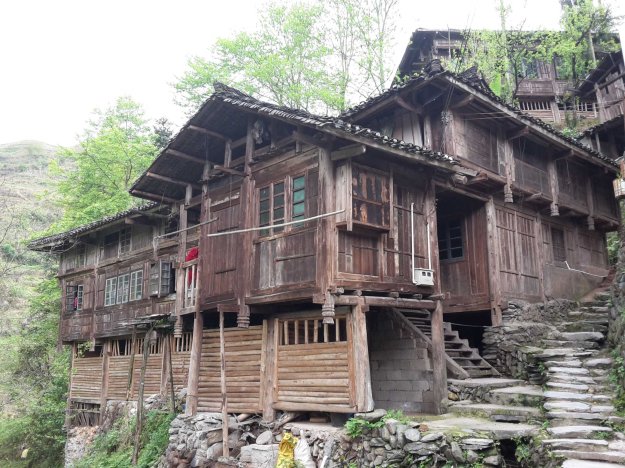
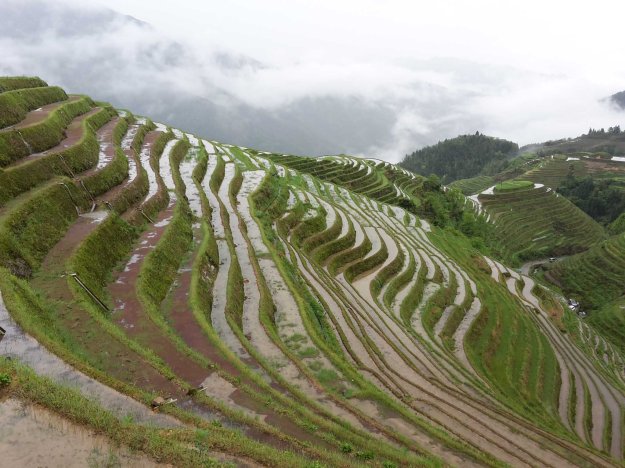
 I don’t know much about him – communication is particularly difficult here in China and he is very shy. However, I have seen hundreds of farmers like him during the 3 days I cycled from the Vietnamese border to Nanning, the capital of Guanxi. I would like to describe ‘him’ (= a typical such farmer – could also be a ‘her’) and his work – and make some assumptions.
I don’t know much about him – communication is particularly difficult here in China and he is very shy. However, I have seen hundreds of farmers like him during the 3 days I cycled from the Vietnamese border to Nanning, the capital of Guanxi. I would like to describe ‘him’ (= a typical such farmer – could also be a ‘her’) and his work – and make some assumptions.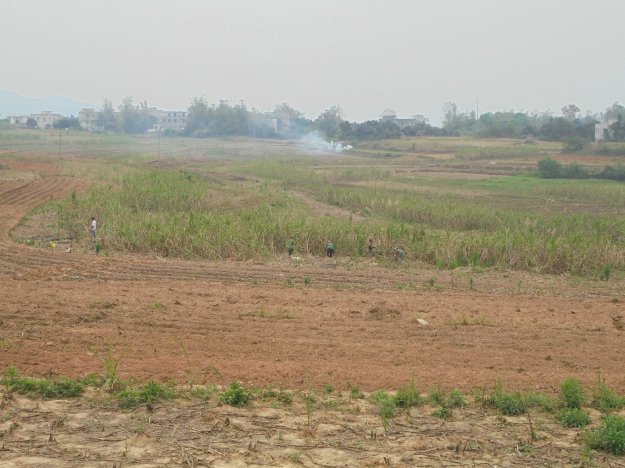
 Name: Vũ Thi Nhan
Name: Vũ Thi Nhan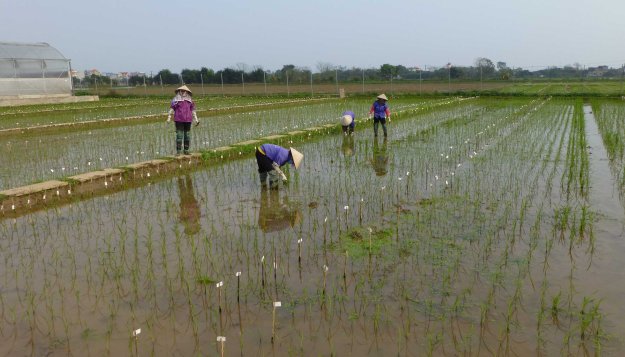
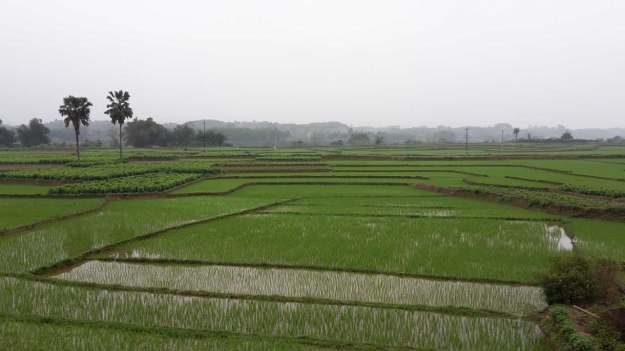
 Name: Sia Lee
Name: Sia Lee









 Name: Jon Jandai
Name: Jon Jandai
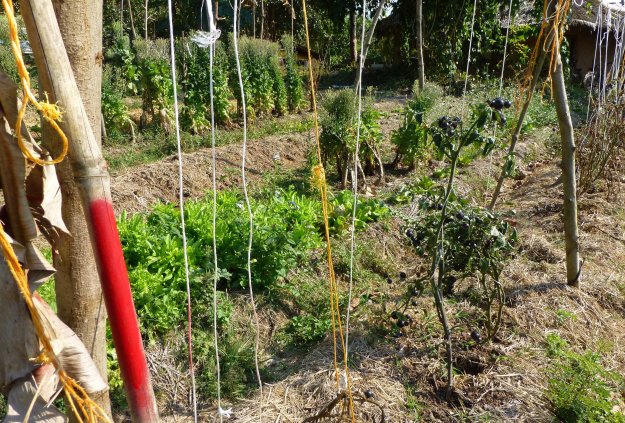
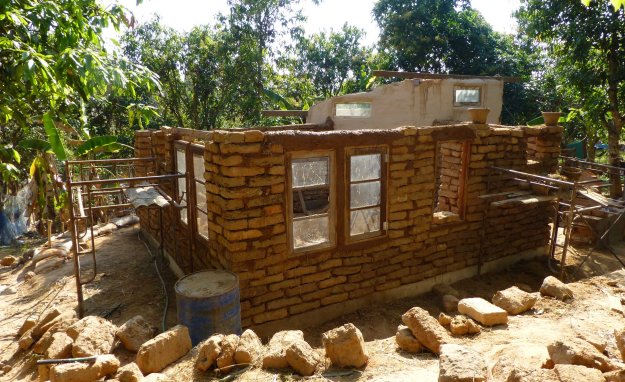
 Name: Supakorn Boonsri
Name: Supakorn Boonsri Name: Chanthima (Lek) Kaevtiamthong
Name: Chanthima (Lek) Kaevtiamthong






